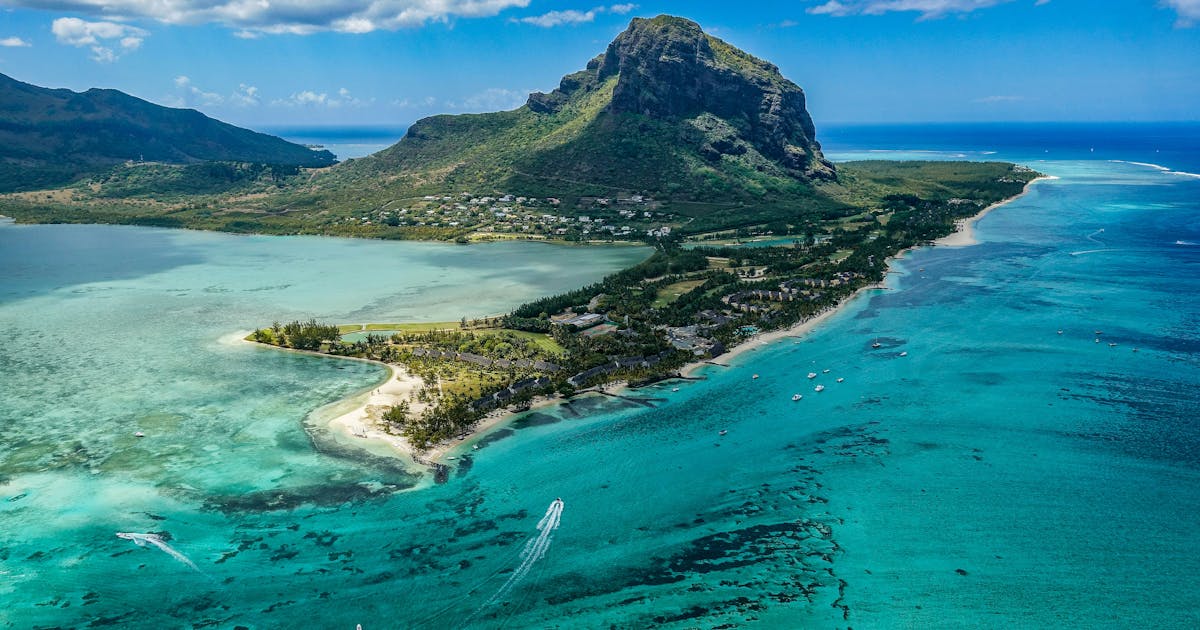Schengen Agreement - What Is It and the History Behind It
Last Updated : 29 Apr 2024
30-Second Summary
The Schengen Agreement, signed on June 14, 1985, is a treaty that led most European countries towards ending their national borders.
The Schengen Agreement aimed to abolish internal borders within participating countries, allowing for the unrestricted movement of individuals.
Removing internal borders created hassle-free travel, encouraged tourism and boosted economic activities across the region.
There are currently 27 countries that are part of the Schengen Area
Indian nationals travelling to a Schengen country must apply for a visa. However, you only need one visa to travel to all of the Schengen countries. This is because of the Schengen Agreement.
This post will give you more insight into what the Schengen Agreement is.
Before you apply for your Schengen visa, make sure you meet all the requirements for a Schengen visa.
What Is The Schengen Agreement?
The Schengen Agreement, signed on June 14, 1985, is a treaty that led most European countries towards ending their national borders to build a Europe without borders, known as the “Schengen Area”.
Signed initially by only five EU countries, the agreement remains one of the world’s largest areas, ending border control between member countries and allowing for free movement between these countries.
The Key Purpose Of The Schengen Agreement
At its core, the Schengen Agreement aimed to abolish internal borders within participating countries, allowing for the unrestricted movement of individuals. This revolutionary concept eased travel and enhanced economic cooperation and cultural exchange among the member states.
Implementing the Schengen Agreement led to removing physical border checks between participating nations. This significantly streamlined travel, providing a seamless experience for tourists, commuters, and businesses within the Schengen Area.
The Impact The Schengen Agreement Had On Travel, Trade, And Security
The impact of the Schengen Agreement on travel, trade, and security has been great. Removing internal borders created hassle-free travel, encouraged tourism and boosted economic activities across the region.
The Schengen Area implemented a common visa policy, allowing travellers to obtain a single visa to visit multiple countries within the zone. This streamlined process simplified travel logistics, attracting tourists and investors from around the globe.
Regarding security, while the agreement eliminated internal border controls, it bolstered external borders. Strengthening external borders together aimed to keep the Schengen Area secure.
What Are The Schengen Agreement Countries?
There are currently 27 countries that are part of the Schengen Area. The 27 Schengen Agreement countries include:
Austria, Belgium, Czech Republic, Croatia, Denmark, Estonia, Finland, France, Germany, Greece, Hungary, Iceland, Italy, Latvia, Liechtenstein, Lithuania, Luxembourg, Malta, Netherlands, Norway, Poland, Portugal, Slovakia, Slovenia, Spain, Sweden, and Switzerland.
Currently, the Schengen Area consists of 27 member countries.
All of these countries are located in Europe.
Schengen Territories That Are Not Part Of The Schengen Area
Apart from the Azores, Madeira, and the Canary Islands, no other country outside the European continent is not part of the Schengen Area or has not signed the Schengen Agreement.
Six parts of France located outside Europe (French Guiana, Guadeloupe, Martinique, Mayotte, Réunion, and Collectivity of Saint Martin) are members of the EU. Still, they are not part of the Schengen Area. Therefore, the Schengen visa issued by France is not valid in these territories.
Other integral territories of France, located outside of the European territories that are not members of the EU or Schengen Area, include:
French Polynesia, French Southern and Antarctic Lands, Caledonia, Saint, Wallis and Futuna.
Parts of the Netherlands in the Caribbean are not part of the EU or part of the Schengen Area, and they have their own visa policy and regime. This includes:
Bonaire, Sint Eustatius, and Saba (BES Islands) and Aruba, Curaçao, and Sint Maarten (independent countries of the Kingdom of Netherlands).
The territory of Svalbard is a part of Norway that, under International Law, enjoys a special status, but it is not part of the Schengen area.
The two following territories are an integral part of Denmark:
The Faroe Islands and Greenland.
Despite this, neither one of them is a member of the EU or of the Schengen Area. As a result, holders of Denmark visas cannot enter any of these two territories if they first do not get visas specifically for these territories.
Conclusion
In conclusion, the Schengen Area Agreement has undeniably reshaped the European landscape, fostering unity, enhancing mobility, and facilitating a sense of shared identity among participating nations. This borderless vision continues to propel the region forward, promoting interconnectedness and cooperation in an increasingly globalised world.
Our Commitment To Visa Accuracy
Atlys only provides up-to-date and correct information. We know how important it is to get the correct visa information. This is why we only use government websites as a source of information.
Visa regulations and fees can change at any given moment. This is why we always recommend that our readers check the government website before applying.
Frequently Asked Questions
The main aim is to create a borderless zone within Europe to facilitate easier travel, promote trade, and foster closer cooperation among member states.
Visas in Under a Week

Cyprus Visa for Indians: Requirement, Fees & How to Apply
Apr 29, 2024Cyprus visa for Indians
Learn how to secure a Cyprus visa for Indians, from booking a Schengen visa appointment, paying the fees, to in-person submission of the required documents.

Oman Visa for Indians: Online Visa Requirements & Fees
Apr 29, 2024Oman Visa for Indians
Check out our guide on the Oman visa for Indians and learn about the application process, fees, validity and more

How Indians Can Apply For A Dubai Visa
Apr 29, 2024How Indians Can Apply For A Dubai Visa
In this post, you will find how Indians can apply for their Dubai Visa. We will also cover different ways to apply for your Dubai Visa and the required documents.

Indonesia Visa for Indians: Online Visa Requirements & Fees
Apr 29, 2024Indonesia E-Visa for Indians
Learn about the visa requirements, fees, processing time, and visa validity. Follow our step-by-step guide to apply for an Indonesia visa for Indians.

Malaysia Visa for Indians - New Visa Changes with MDAC
Apr 29, 2024Malaysia visa for Indians
Learn the new policy updates for the Malaysia visa for Indians. Our detailed guide includes the new visa regulations, requirements, and related fees.

Myanmar E-Visa for Indians: Online Visa Requirements & Fees
Apr 29, 2024Myanmar Visa For Indians
Know more about the essential steps to obtain Myanmar visa for Indians. Includes up-to-date info on requirements, fees, and application tips for Indian travellers.
Instant Visas

Maldives Visa for Indians: Visa on Arrival & Requirements
Apr 29, 2024Maldives Visa for Indians
Plan your Maldives trip with ease. Find out everything about the Maldives visa for Indians, from the required documents to the on arrival application process.

Bhutan Visa for Indians: Visa Free Entry & Travel Requirements
Apr 29, 2024Bhutan Visa for Indians
Explore Bhutan without the visa hassle: A guide for Indians on visa-free entry, the Bhutan entry permit, and what you need to know for a smooth travel experience.

Mauritius Visa for Indians: Visa on Arrival & Requirements
Apr 29, 2024Mauritius Visa For Indians
Simplify your Mauritius journey with our ultimate guide on the Mauritius visa for Indians. Learn about the visa requirements, visa-on-arrival process, fees, and more.

Nepal Visa for Indians: Visa Free Entry & Travel Requirements
Apr 29, 2024Nepal Visa For Indians
Explore Nepal without the visa hassle as an Indian traveler by understanding the visa-free entry and documents required to enter Nepal from India.

Thailand E-Visa on Arrival for Indians: Fee, Requirements & Process
Apr 29, 2024Thailand E-Visa on Arrival
Get your Thailand visa for Indian travellers with ease. Learn about processing times, required documents, fees, validity, and tips for hassle-free entry in Thailand.

Seychelles Visa for Indians: eTA Requirements & Application
Apr 29, 2024Seychelles Visa For Indians
Your complete guide to Seychelles visa for Indians: Learn about requirements, costs, and travel tips for an unforgettable experience.